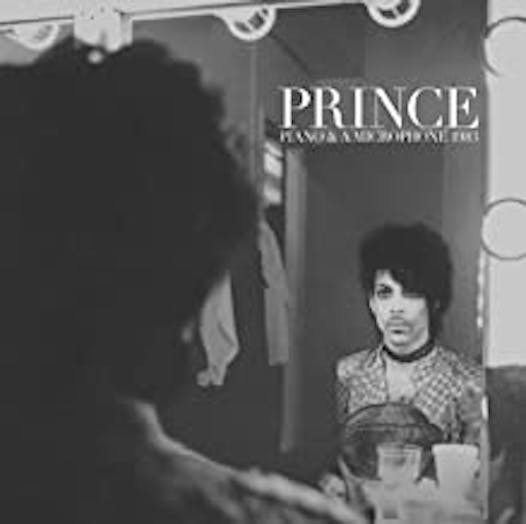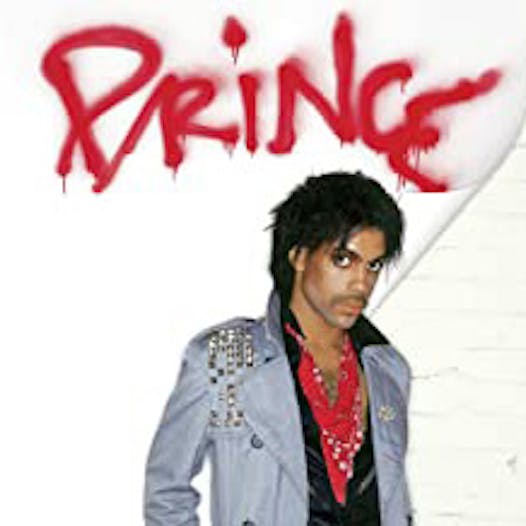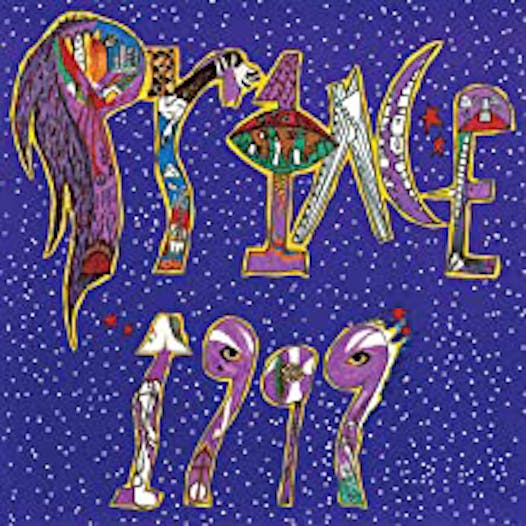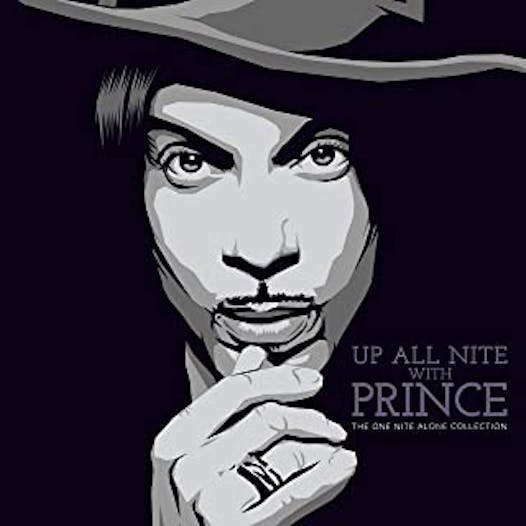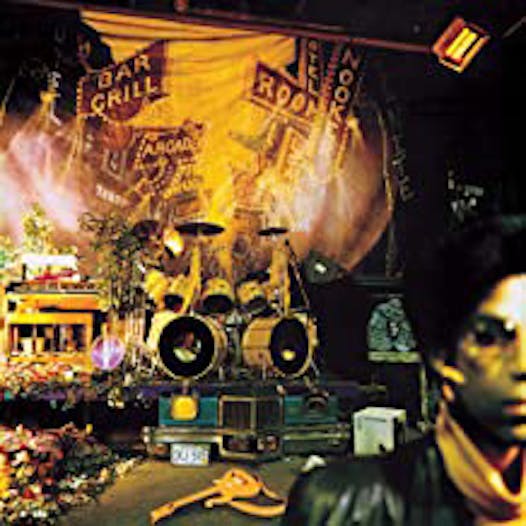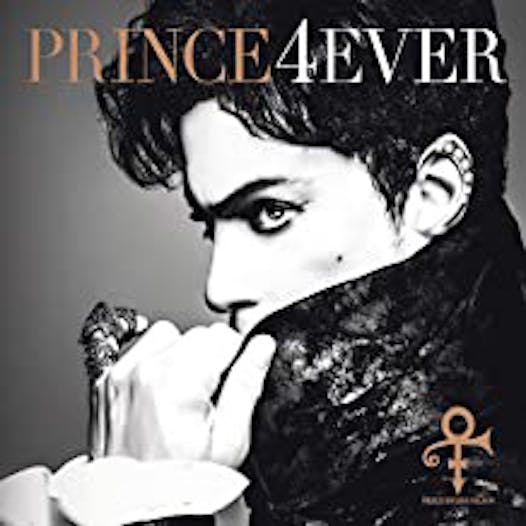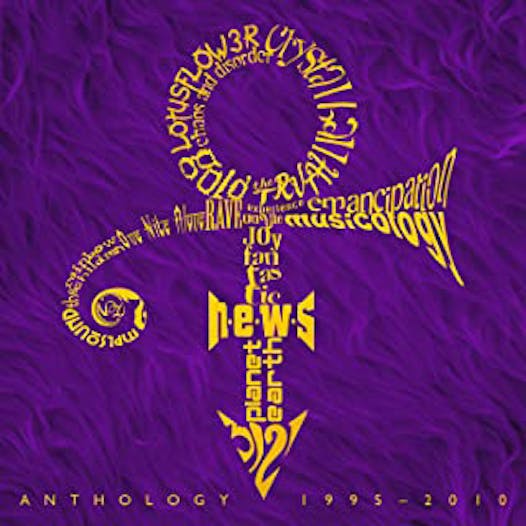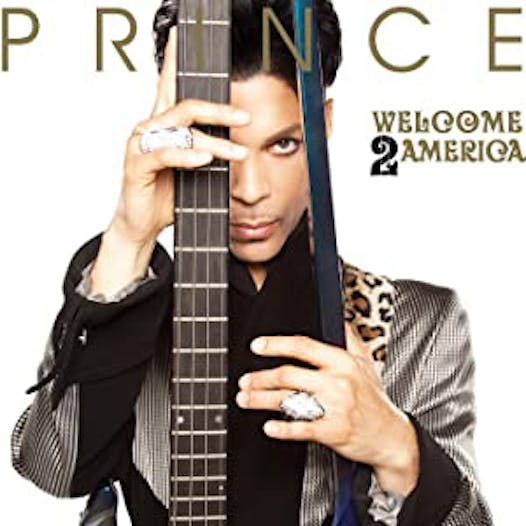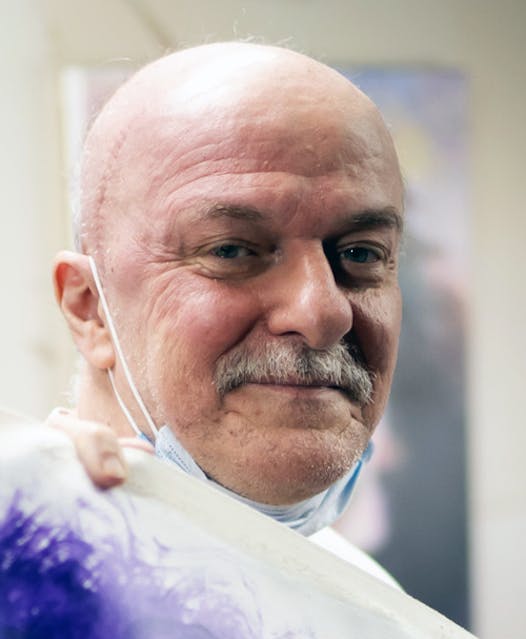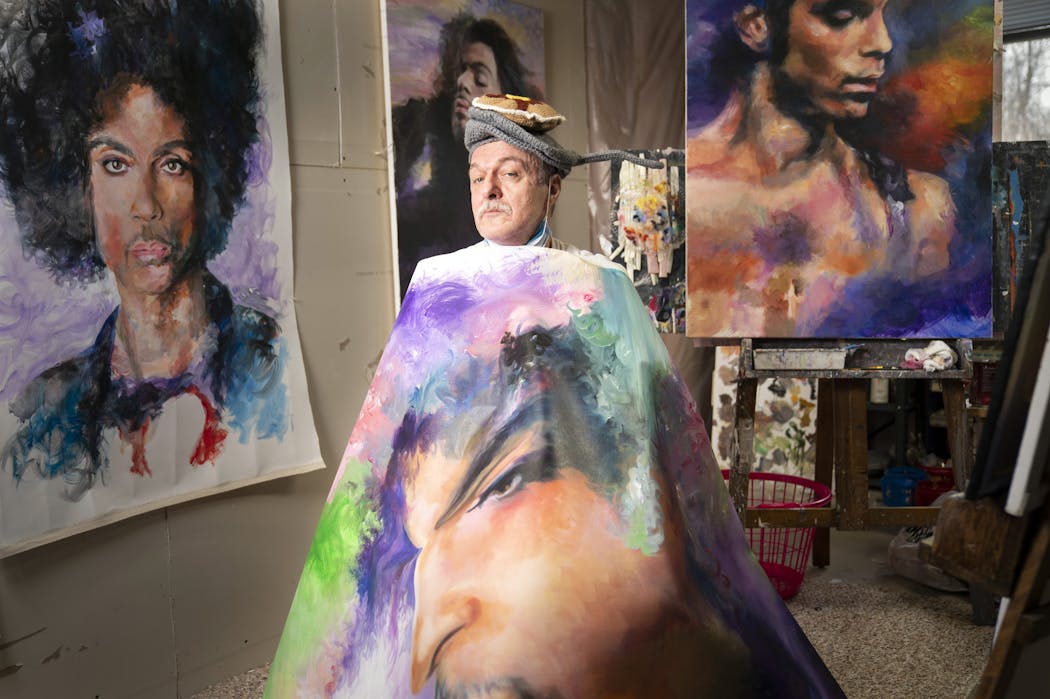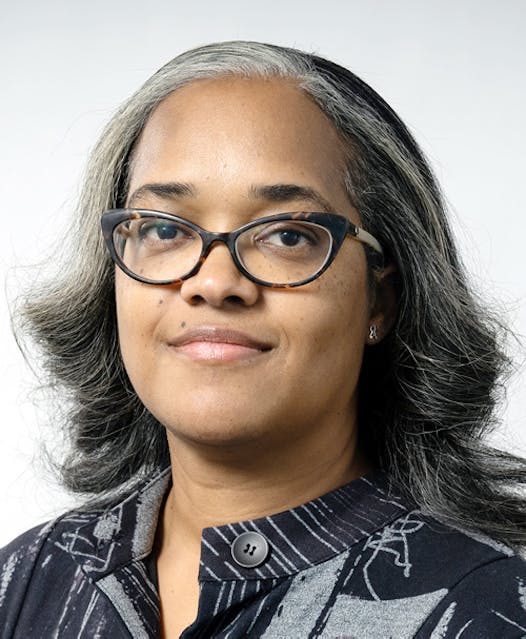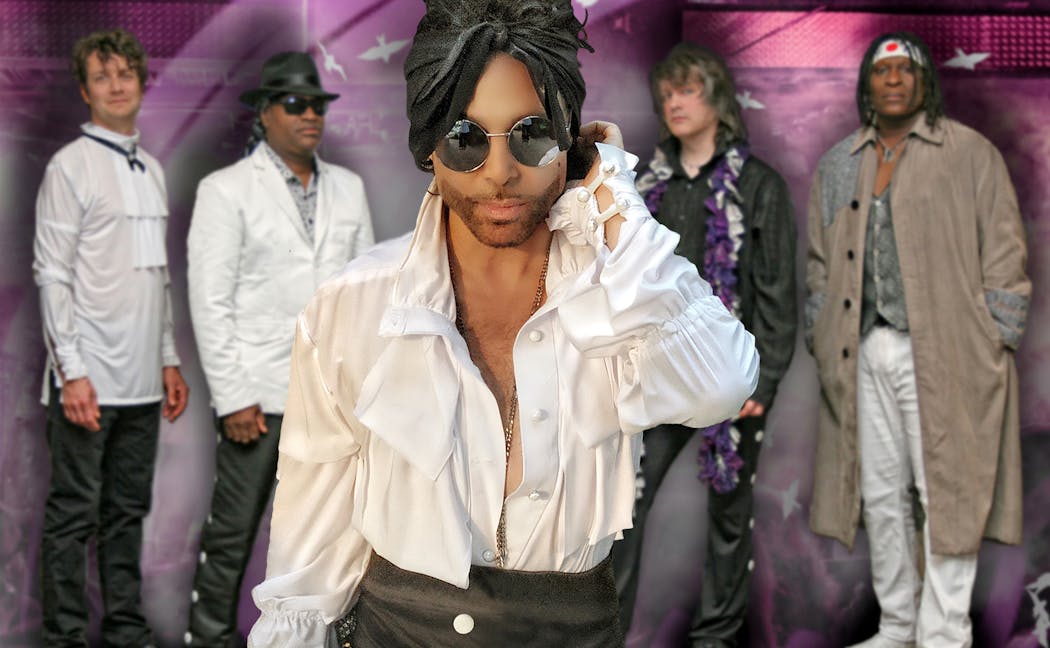Here is how it works for this music critic: Album reviews are written in real time. Give the record three or four spins over two or three days and then publish your opinion, often the day the album comes out or shortly thereafter. Then move on.
At a daily newspaper, there are many tasks. New albums arrive every day. There are concerts to cover, artists to interview, editors to answer to. Unlike a devoted fan, I don’t necessarily listen to an album over and over again — even if it is by one of my favorite artists. I try to move forward.
As the Star Tribune’s music critic since 1975, I had the rare privilege and responsibility of covering Prince during his entire professional career (1978-2016). That continues even five years after his death. Thanks to his overstuffed vault, there are previously unreleased recordings and deluxe reissues to cover and never-ending estate issues to sort out.
As fans new or old discover (or rediscover) Prince albums of long ago, they sometimes track down my old reviews. And I hear about it: “Do you want to take back that critique?” “What do you think of that album now?” “Bream, you suck.”
First of all, no opinion is right or wrong, and everyone is entitled to their own. That’s what I tell readers who gripe about my real-time reviews, Prince or otherwise.
Secondly, I hear all of the Purple One’s albums differently now. And not because I’ve listened to them again and again. My ears have changed.
Bold, experimental sounds may not sound so unusual years later. With songs about fellatio and incest, Prince’s third album, “Dirty Mind,” sounded scandalously Rabelaisian in 1980, albeit sonically seductive. A half-dozen years later, the floodgates burst open for explicitly sexual rap and R&B, and Prince sounded almost tame by comparison, or simply ahead of his time.
Over the years, my perspective has changed. I may have been too self-serious and humorless at times, especially in my early years. (I was the stuffed shirt who dismissed the 1978 movie “Animal House” as a “sexist, racist, gross, puerile comedy.”) Moreover, hearing more music enlightens you and informs your tastes.
But the biggest change: I got spoiled by the extraordinary opportunity of experiencing Prince live dozens and dozens of times over the decades. These days, it’s not the recorded versions of songs that echo in my ears, but how they were performed onstage (even if the arrangement was altered every time).
Lesser tunes were redeemed in concert, if only because they were played faster, or “hotter” as musicians say. Prince was such a remarkable musician, creative bandleader and dazzling performer that nearly every number became better live.
Take “My Name Is Prince” from his 1992 album, known as the “Love Symbol” album. In my review, I dismissed the single as derivative, “teeming with hip-hop attitude of self-importance spouted by rappers for the past 10 years. … Prince used to be hip; now he’s just another hip-hopper.”
Ouch. But I stand by that assessment. Over the years, however, “My Name Is Prince” became a perfect party jam if played at the right time in concert. I’d stuff my notebook into my back pocket and dance. As that song proclaims, Prince was indeed funky, eternally funky.
There are other selections I dissed in real-time reviews — including “Let’s Work” and “3121” — that I grew fond of in concert. Repetition may make the heart grow fonder, or it can make you want to dance.
I don’t want to rewrite my reviews — now or then, even though I heard blowback in the early days. “Bream, you keep building up this kid. You’re just a hometown cheerleader. He’ll never amount to anything.”
When I was hired, this thick-skinned writer made a commitment to be uncompromisingly honest. And if Prince’s work — or that of any other major-label act — didn’t measure up, I’d say so.
The words of Bette Midler always stuck with me: “You’ve got to know when your own [crap] stinks,” she told me in a 1979 interview about her film “The Rose.”
Or the corollary to that: “Everyone needs an editor.” (I have two or three for this story, thank you.)
Prince never had an editor. He never enlisted a producer on his recordings. His contract with Warner Bros. gave him artistic freedom. Label executives might resist his ideas or decline to release his recordings, but essentially he was his own boss.
One of rock’s grand visionaries, the Purple One established lofty standards. But sometimes he didn’t know when his own stuff stunk. It was the responsibility of critics to say so.
In the years since Prince died, some of his musicians have told me that they took my criticism to heart, that it challenged them. I appreciate that they came to view my comments as constructive. Perspective, I guess.
And I appreciate that Prince respected me enough to read everything I wrote about him, even if it compelled him to ban me from his Glam Slam club for a time (I had panned his 1990 movie “Graffiti Bridge”) and to burn a copy of my review of the “Love Symbol” album on national TV’s “Arsenio Hall Show.”
Experiencing “Sexy MF,” “Damn U,” “The Morning Papers” and, yes, “My Name Is Prince” in concert over the years enabled me to have a higher regard for that album, though hip-hop was never the most effective tool in the paisley kit. My passion for the stylistically disparate “Dirty Mind,” “Controversy” and “1999” increased over time, as well.
More importantly, my admiration for Prince’s ever-expanding musical palette and unwavering willingness to challenge himself, his musicians and his audience multiplied as the years went on. Even though radio no longer loved him, his lyrics became more mature, his music often more sophisticated, his sense of adventure undiminished. He grew, and I grew with him.
When you cover a subject in real time, you tend to get preoccupied by the day-to-day. Watching greatness up close can become something you take for granted. Instead of just writing history as it happens, you sometimes need to step back and look at the big picture, as I did when Prince was inducted into the Rock and Roll Hall of Fame in 2004 and when he died in 2016.
In short, he was the most complete rock star ever, and I was honored to witness his long career step by step.
Prince knew what my job was. In 2013, after a late concert in Denver, he asked me: “Did you dance or take notes during the show?”
“I did both,” I responded with real-time honesty.
I leave it to academics, podcasters and younger critics to analyze and philosophize about his views on race, religion and romance. Me? I’ll just put on a Prince concert DVD and dance.
Posthumous Prince albums
Prince’s overstuffed vault continues to yield treasures.
New
“Piano and a Microphone 1983” On these nine numbers, recorded on a cassette in Prince’s pre-Paisley house in Chanhassen, you can almost hear him thinking his way through the arrangements. Call it Prince in his workshop. (Released 2018)
“Originals” Polished demos of 15 songs Prince wrote for others, including the Bangles, Kenny Rogers and the Time. (2019)
boxed sets
“Purple Rain” This was in the works before Prince’s death, so he approved the remastering of the original album. Includes a 1985 concert DVD and 11 unreleased tracks, including “Father’s Song.” (2017)
“Ultimate Rave” This boxed set contains the 2001 album “Rave Un2 the Joy Fantastic” with a parade of collaborators including Gwen Stefani, Sheryl Crow and Chuck D, plus remixes of that album and a concert DVD from New Year’s Eve 1999 with Lenny Kravitz, George Clinton and the Time. (2019)
“1999” While the 1982 double album made Prince a star, this set shares B sides, alternate versions, a live album/DVD and 35 unreleased recordings. (2019)
“Up All Nite With Prince” It includes the three-disc live set “One Nite Alone” from 2002 plus a live DVD from Las Vegas and the 2002 studio album “One Nite Alone …” that was available only via his NPG Music Club. (2020)
“Sign o’ the Times” Not only was this 1987 LP his best studio album, but this masterful collection — with 45 unreleased studio tracks and nearly 100 songs in all — shows how prolific he was in 1985-87. (2020)
Compilations
“4ever” A 40-selection, two-disc package that’s essentially the greatest hits from 1978-93, his Warner Bros. years. (2016)
“Anthology 1995-2010” 37 hits and misses culled from his NPG Records era, from “The Gold Experience” to “20Ten,” a European release. (2018)
NEXT UP
“Welcome 2 America” This unreleased, politically charged 2010 album will come out July 30, with a 2011 concert included in the deluxe version.
Superfans who keep Prince’s legacy alive
In different ways, these four people ensure that Prince is more than a memory.
The painter
He never saw Prince in concert or owned any of his albums. But the day the music icon died, something compelled Dan Lacey to go paint outside Paisley Park.
“I was in the mood to do a large painting,” Lacey said. “So I went down there and set up under the tree right across the street. I felt like this would be useful.”
For the next year, Lacey, of Elko New Market, returned to Paisley daily with his easel and acrylics, and gave away paintings of Prince.
Now, in addition to painting two days a week in Chanhassen, Lacey has become the self-appointed caretaker of Purple mementos that fans leave on Paisley’s fence and in the tunnel connecting Lake Ann Park with Prince’s property.
“The most important thing I do is I retire things,” he explained. And try to repair them and put them on display again.
Modest and soft-spoken, Lacey, 60, also has become an ambassador, cheering fans in person or via social media.
“I’m not the biggest Prince fan,” admitted Lacey, who has never gone inside Paisley Park and has no interest in doing so. “But the fans have [embraced] me. It’s a good group of people. Most of my friends now are Prince people from all over the world.”
In the 1980s, the self-taught, Brooklyn-born artist painted portraits on a Las Vegas street and later in the lobby of the Rio casino. There, he met his future wife, a harpist who urged him to move to her home state of Minnesota about 25 years ago.
In 2000, he created a now-defunct Christian comic strip, “Faithmouse,” in which he once questioned how Prince could sue his fans for posting copyrighted videos online. Then he received a “weird message” on his blog: “Dan, u don’t know how it feels. One day u’ll be famous and then u’ll understand.”
Yes, it was Prince.
With a whimsical streak, Lacey became known for incorporating pancakes in his portraits of famous people, including Barack Obama, Gillian Anderson and Kanye West. He sells his paintings — and print reproductions — on Etsy. One original work was famously purchased by Seattle rapper Macklemore — a nude of Justin Bieber with a pancake on his privates.
Using photos and videos for inspiration, Lacey has painted hundreds of portraits of Prince, selling them for a couple of hundred dollars ($20-$40 for prints).
“These fans are honestly distraught,” he said. “I’m doing something purposeful. I’m supporting the people who would like his legacy to stay alive. I’m just a hack, a happy hack. I’m happy to help.”
The academic
As a 10-year-old, De Angela L. Duff sat on the floor of her grandmother’s house, listening with headphones to her aunt’s cassette of Prince’s newly released “Dirty Mind.”
“I saw the cover and it spoke to me, not about sexuality but I just saw total freedom,” she reflected. “I saw a guy who could do whatever he wanted, dress however he wanted and, upon listening to the album, say whatever he wanted. I didn’t know what the album was about.”
That experience was Duff’s first step in becoming what she calls a “Purple Nerd.” She has spent the past five years organizing academic symposia, hosting podcasts and staging special events and discussions about Prince.
A provost and professor of integrated digital media at New York University, Duff has shelled out anywhere from $500 to $10,000 of her own money to present free Prince events (live and now virtual), which are not affiliated with his estate. As many as 2,000 people have tuned in.
“I’m doing this to keep the name of Prince on the lips of the children,” said Duff, 50. “It’s important that I do these at academic institutions, so students are introduced to Prince.”
She doesn’t teach any classes on Prince at NYU but Duff — a designer by trade — invites students into her campus office decorated with Prince posters. “If the student goes, 'What’s up with you and Prince?’ that’s when I tell them: I want Prince’s music to live. ”
Duff might spend anywhere from two to 12 hours a day preoccupied with Prince. Luckily, her husband is a Purple fan, too.
“Prince was extremely important to me. I didn’t have an ideal childhood. He gave me something to look forward to,” said Duff, who has been to Paisley Park four times since Prince died. “I know the power of music. I want to make sure other people understand the power of music.”
Even though she’s a serious Prince collector (especially concert and rehearsal tapes), Duff is not a one-artist obsessive. She’s also into Betty Davis, the funk-rock singer who was briefly married to Miles Davis, and such jazz vocalists as Sarah Vaughan and Billie Holiday. But she needs her regular paisley fix.
“One of the reasons I’ve listened to Prince so much is when the real world lets you down, I always go to the Purple World, where everything is cool and really fantastic.”
The tribute artist
Marshall Charloff was set to premiere his new one-man Prince tribute show, “Purple Piano,” in Las Vegas this month. But he had to trim it from two hours to 70 minutes. That wasn’t even the most challenging part of his dive into Sin City.
“The producer of the show assumed I was tracking [prerecording] parts of the piano,” said Charloff, a veteran Twin Cities musician. “It speaks to what the assumption is in Vegas, that everything is fake. So they’ve installed cameras above my piano to show the audience that I’m playing piano.”
With a wig, makeup and the right outfit, Charloff can uncannily suggest the Minnesota icon. For 10 years, he’s starred in a Prince tribute show with the Minneapolis-based band Purple Xperience, playing 80 concerts a year throughout North America and Europe. He’s even performed with two dozen orchestras.
“I bleed purple,” he acknowledged.
Unannounced, Prince checked out Purple Xperience one night and later gave his blessings to Dr. Fink, a member of the tribute band who played keyboards with Prince’s Revolution. “Matt [Fink] told me that Prince thought the musicianship was right on but to calm down the costuming,” said Charloff.
Prince’s death spelled a change for the Purple Xperience: Suddenly younger people started coming to the shows.
“Folks were bringing their kids in large numbers,” observed Charloff. “I’m keeping his legacy and memory alive.”
Reared in St. Louis Park, Charloff, 54, started piano at 15 and has gigged as a dueling pianist and in such bands as Westside and 94 East. He also records original material. This winter, he released “Unperfect,” his second solo album.
“Prince was a jazz musician disguised as a pop star,” he opined. “I’m a jazzer. In smooth jazz, I found a lane that works for me.”
Hardcore Prince fans will detect Purple shadings in Charloff’s work — the dreamy ballad “Colours” has lyrics by Sharon Nelson, Prince’s oldest sister, while the breezy lite-funk tune “Minneapolis Sound” salutes Charloff’s heroes, including Greazy Meal, “Funkytown” producer Steven Greenberg as well as His Royal Badness.
“I didn’t want to write a sad ballad about Prince or the loss I’m experiencing,” Charloff said. “I made it about all these people that came before me and put us on the map.”
The tweeter
Back in the day, Judi Feldman used to go to all kinds of concerts — U2, Pearl Jam, you name it. She regrets never seeing Prince live even though she was a big fan. She’s making up for it now.
She spends four or five hours a day “Prince-ing,” a word that her teenage son coined and that she submitted to the Urban Dictionary in 2019:
The act or the process of focusing all of one’s attention on Prince Rogers Nelson. May be done in various forms, which include visual and auditory. Usually results in joy and satisfaction, but does not ever seem to be enough.
For Feldman, that means listening to his music, reading articles and posting Prince photos in special juxtapositions on her Twitter feed.
For 200 consecutive days, beginning July 20, 2020, Feldman posted photos of Prince in colorful outfits paired with pictures of birds of similar coloring.
“It’s so logical to pair him with birds, ” said Feldman, who has amassed about 20,000 Prince photos on her computer. “Just the grace. He’d just disappear [like birds do]. The aesthetics. The obvious thing that birds sing.”
Then starting Jan. 25, Feldman switched to Prince outfits juxtaposed with desserts. “I didn’t think it was going to last this long because how many doughnuts and cupcakes and layer cakes can there be?” Followers tweet about the deliciousness of the pairings, she said with a knowing wink.
Feldman, 59, of Morristown, N.J., does her Prince-ing while working full time as a human resources administrator for a home health care business.
Her husband and children, ages 19 and 22, tolerate her fandom but don’t necessarily share in it. “My family is on Prince overload. Everywhere they look in the house, they see Prince. It’s probably too much,” she acknowledged. “They’ve accepted it at this point.”
Feldman also hosts a Facebook group about the Minneapolis rocker but devotes far more time to the Twitter feed (@judi722).
“For me, it’s nice to be able to create Prince-related content that people enjoy and engage with,” she said. “You can only take so much of what’s going on in this world. Prince is my escape and my sanity at the same time somehow.”

